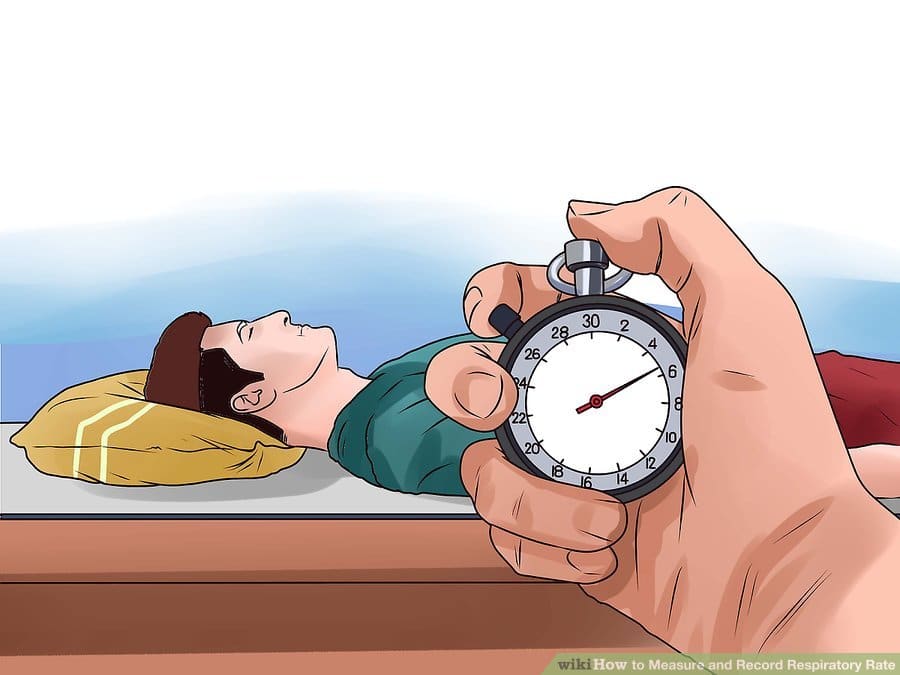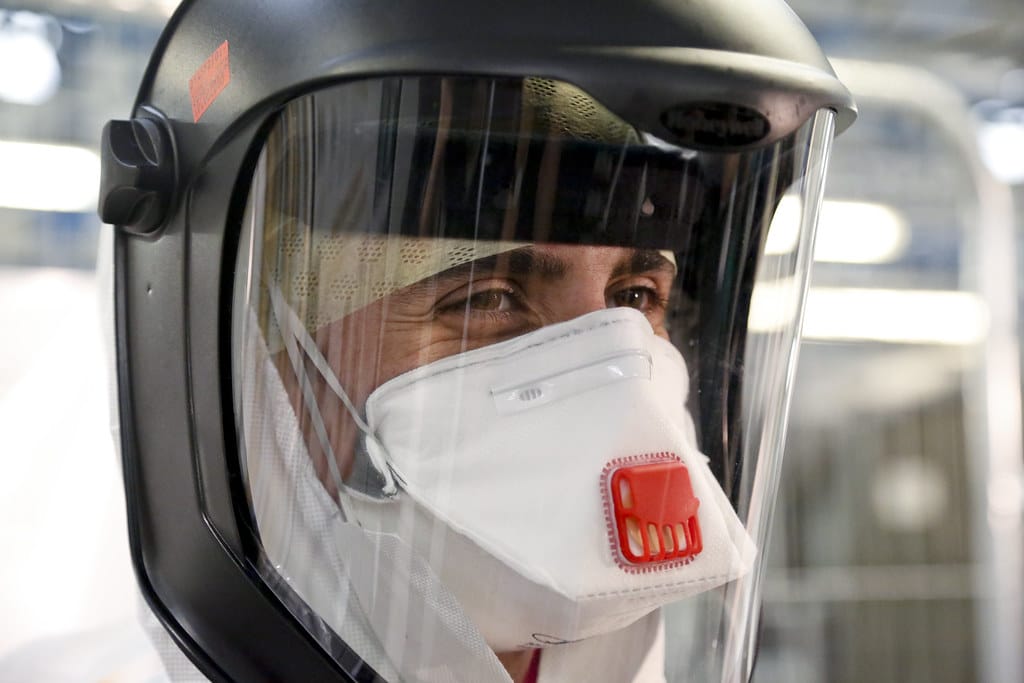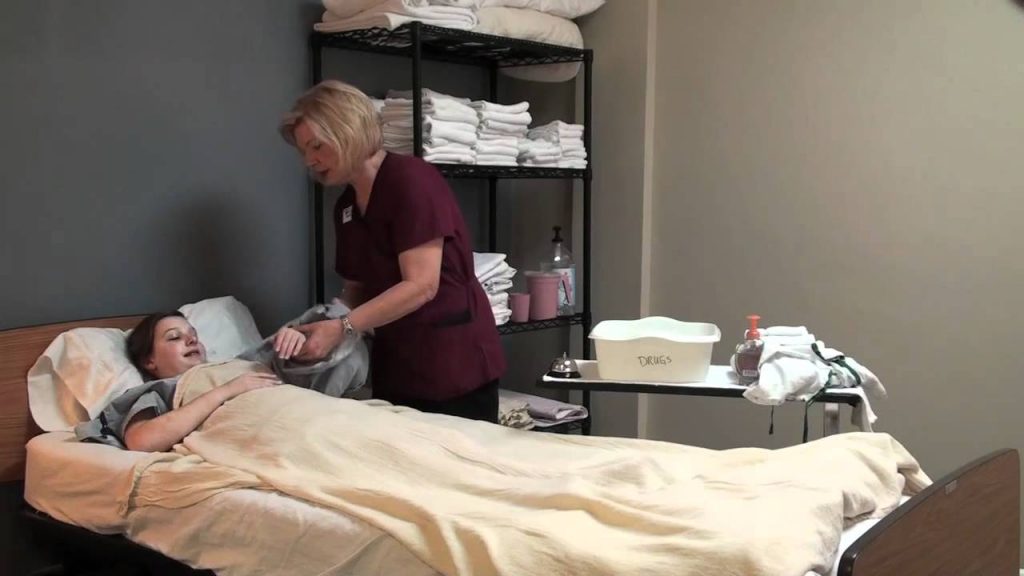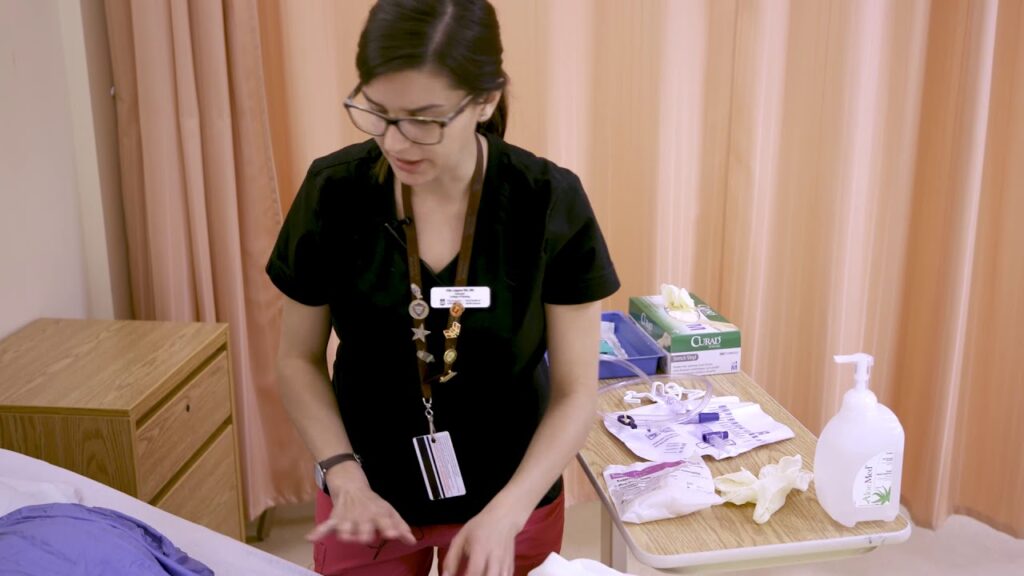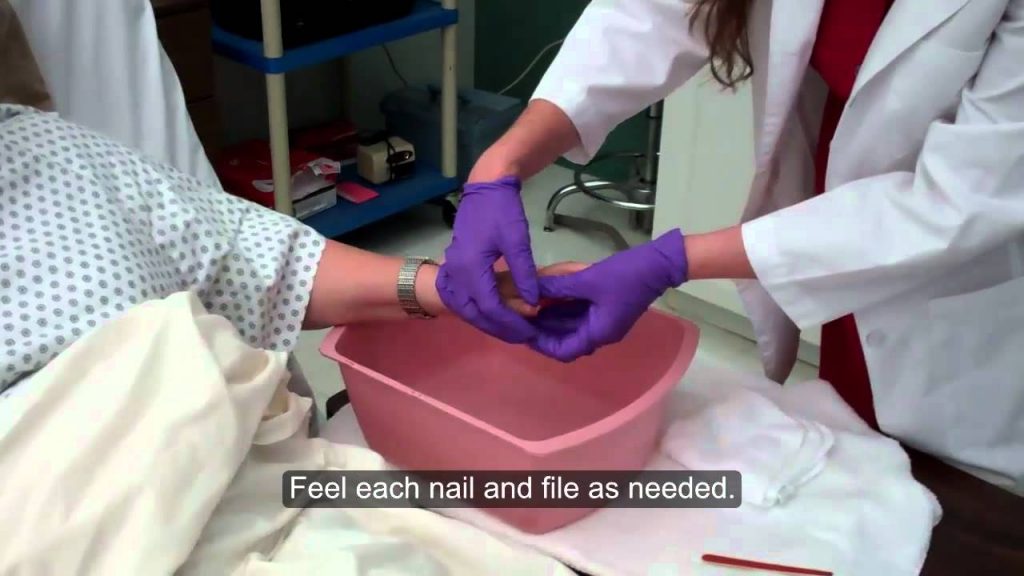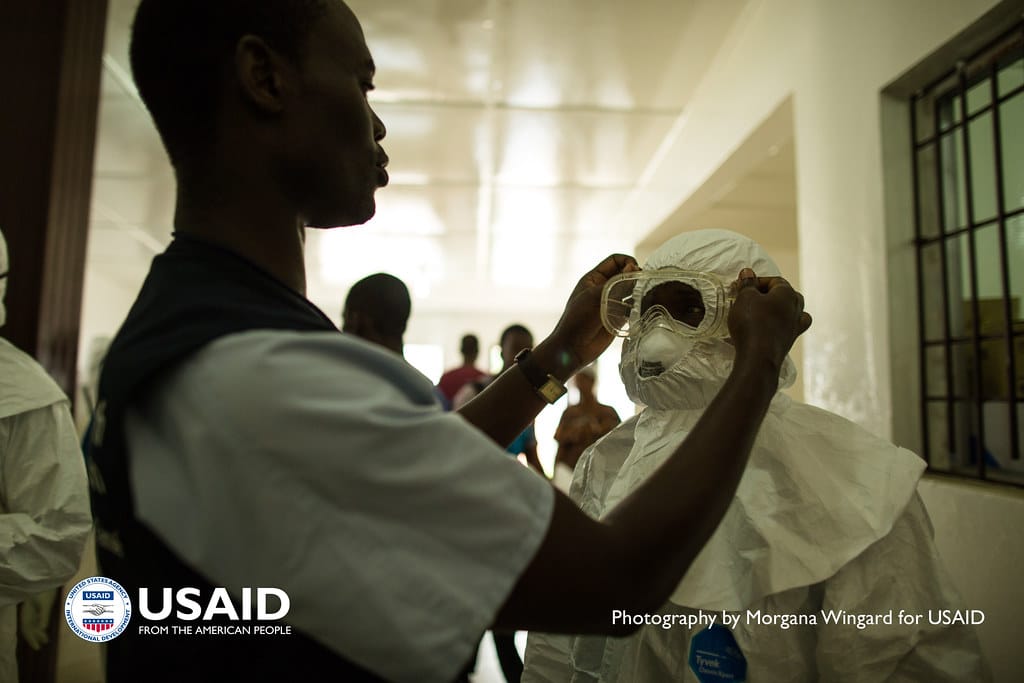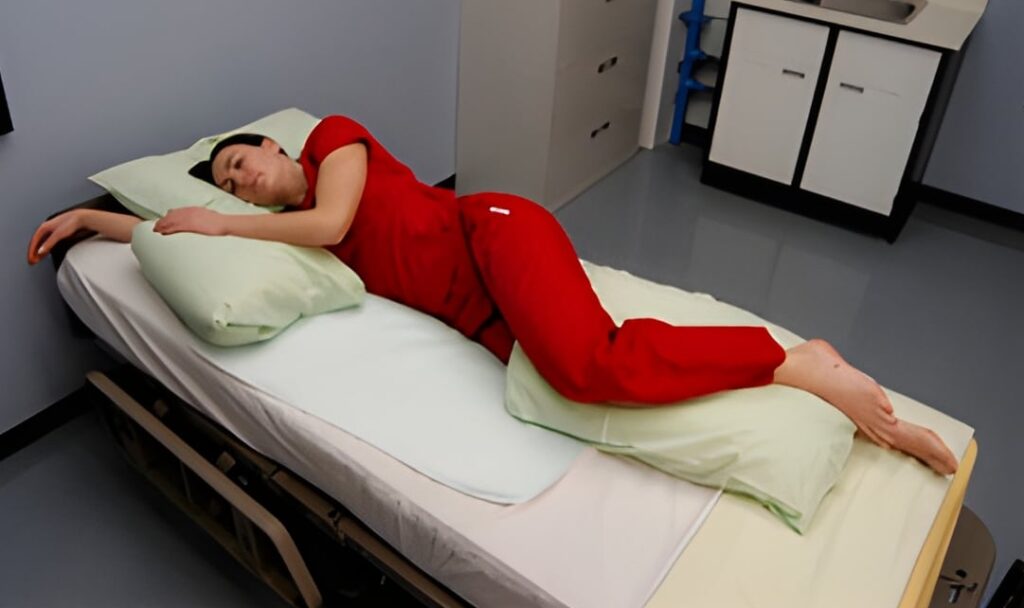Written by Amanda R. McDaniel, MS, BSN, RN
Amanda is a BSN/RN with a MS in Physiology and a BA in English. She worked as a medical writer in the pharmaceutical industry for 11 years before pursuing a career in nursing. She now works as a nurse on a NeuroTelemetry unit and continues to write and edit on a freelance basis. Amanda’s LinkedIn
Respiration is a vital sign that is measured frequently in the healthcare setting. Taking this measurement requires no equipment and relatively little time. However, it is a measurement that must be taken accurately, as a change in respiration may indicate the worsening of a patient’s condition.
Measurement of Respirations
- Wash hands properly and introduce yourself to the patient. Close the curtain or door to protect patient privacy.
- Ensure that the patient is prepared for the assessment:
- Wait five to ten minutes after patient activity.
- The head of the bed should be at 45 to 60 degrees if the patient is lying down.
- Adjust the bedcovers so that you have a clear view of the patient’s chest and abdomen.
- The patient’s arms should be in a relaxed position across their lower chest or abdomen.
- The patient should be calm.
- Watch a full breath cycle, both inhalation and exhalation.
- Look at a clock with a second hand or a digital clock with seconds displayed. Note the second and begin counting the respirations on the next inhale.
- This can be accomplished by watching the rise (inhalation) and fall (exhalation) of the patient’s hand on their abdomen or gently placing your hand on the patient’s abdomen and watching it rise and fall.
- Count the respirations for one full minute. Note if the breath pattern is regular or irregular. Breathing patterns can include:
- Regular: In adults, the average rate is 12 to 20 breaths per minute. Newborns have an average rate of 30 to 60. The average for infants (six months to one-year-old) is 30; two-year-olds average 25 to 32; and children aged three to 12 years, average 20 breaths per minute. The geriatric population tends to average 16 to 25 breaths per minute.
- Hyperventilation: More than 20 breaths per minute (in adults) and deeper than normal.
- Hypoventilation: Fewer than 12 breaths per minute (in adults) and possibly more shallow than normal.
- Tachypnea: Depth of breathing is normal, but rate is greater than 20 breaths per minute.
- Apnea: Pauses in respiration that last for several seconds.
- Cheyne-Stokes respiration: Pattern alternates between hyperventilation and apnea.
- Kussmaul’s respiration: Pattern is regular, but the breaths are unusually rapid and deep.
- Replace the bed covers.
- Wash hands properly.
- Document the respiratory rate and pattern in the patient’s record, and inform the nurse of any rate or rhythm abnormality or significant change from the previous rate and/or pattern per institutional or unit protocol.
Amanda R. McDaniel, MS, BSN, RN
References
Fetzer, S. J. (2014). Vital signs and physical assessment. In A. G. Perry, P. A. Potter, and W. R. Ostendorf (Eds), Clinical nursing skills & techniques (8th ed., pp. 86-90). St. Louis, MO: Mosby Elsevier.

